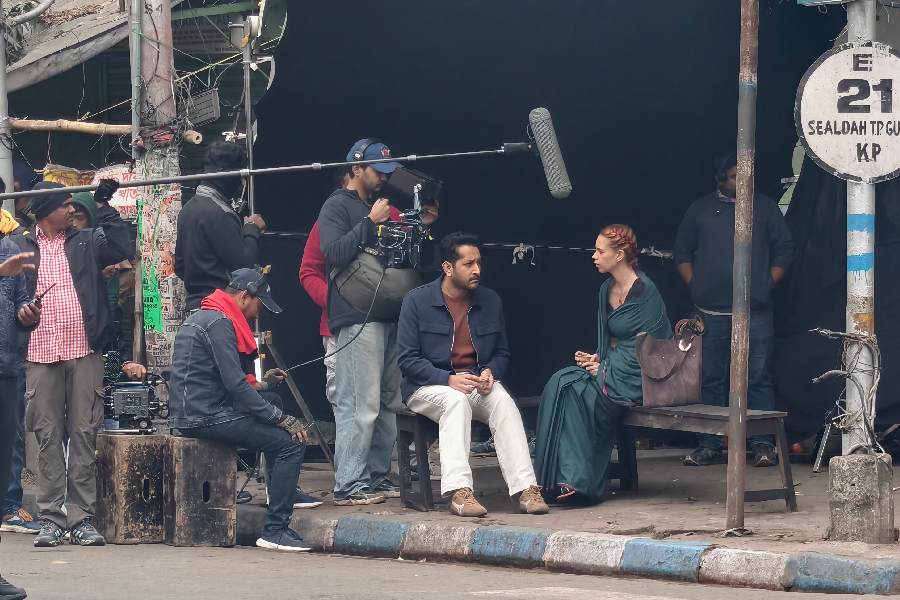 Monday, 05 January 2026
Monday, 05 January 2026
 Monday, 05 January 2026
Monday, 05 January 2026
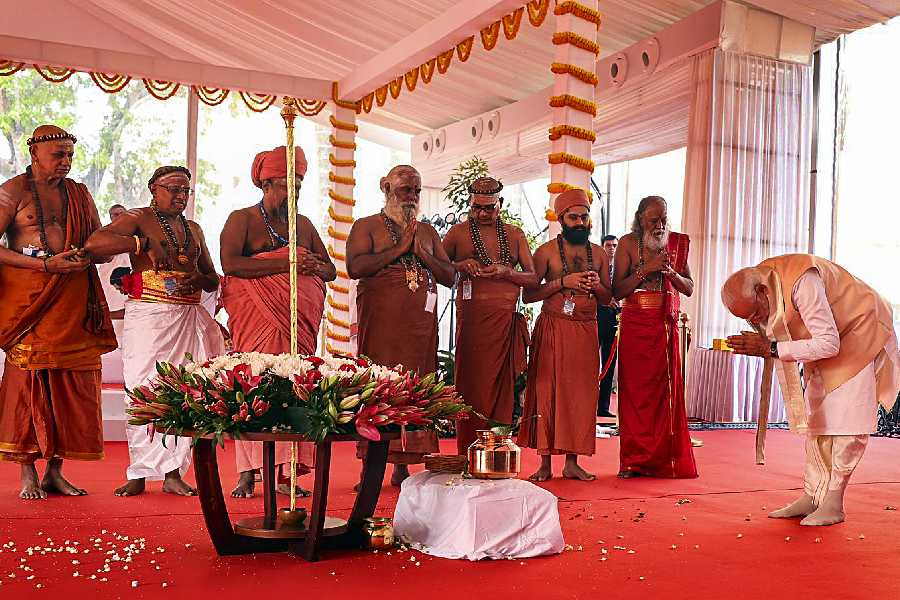
The material used for the new building has been acquired from various parts of the country. The teakwood used in the building was sourced from Nagpur in Maharashtra, while the red and white sandstone was procured from Sarmathura in Rajasthan. The sandstone for the Red Fort and Humayun's Tomb in the national capital was also known to have been sourced from Sarmathura.
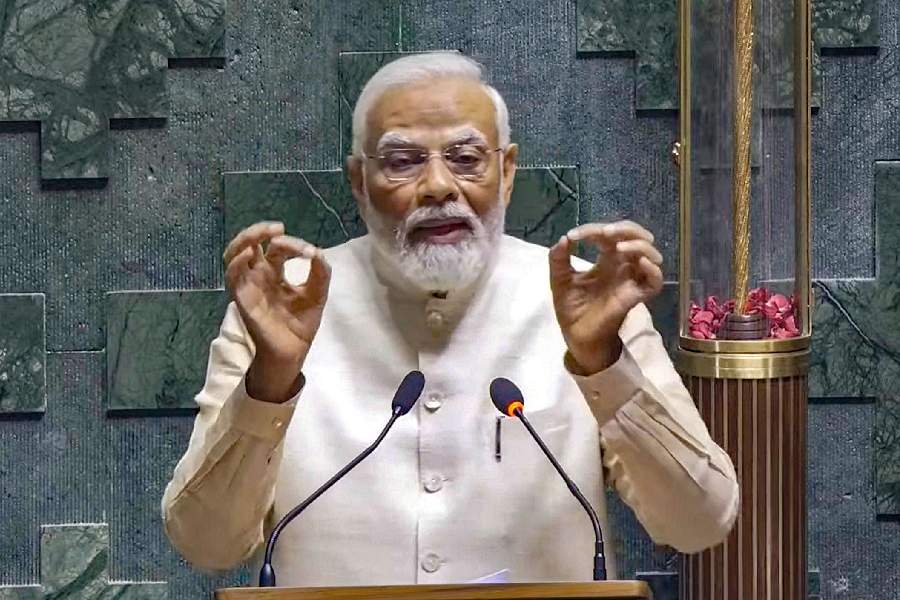
Addressing a function to inaugurate the new Parliament building, Modi said as India surges ahead, the new Parliament building will also contribute to the world’s progress. The new Parliament building will be a testament to the dawn of Aatmanirbhar Bharat (self-reliant India). It will be a witness to our journey towards a Viksit Bharat (developed India), the PM said.
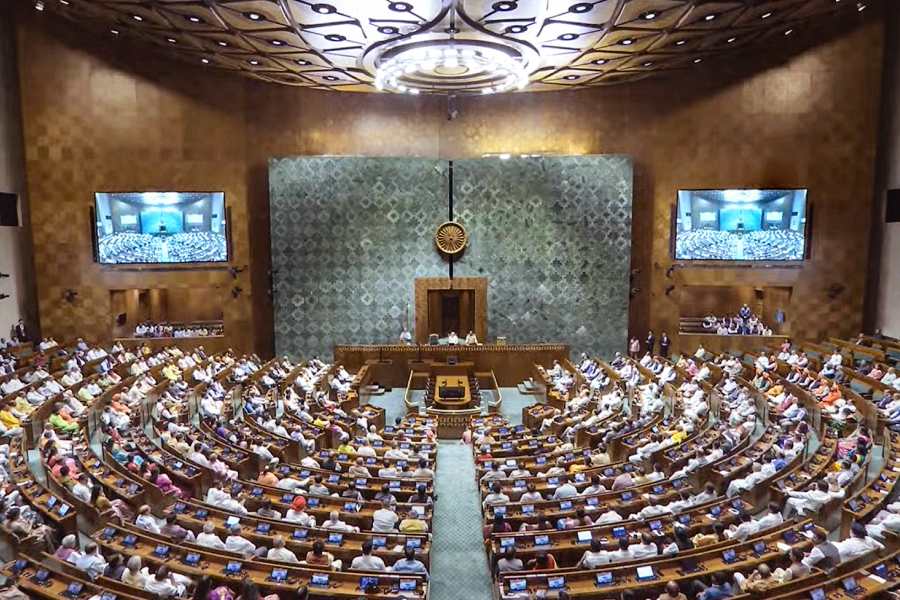
Several Union ministers, including Rajnath Singh, Amit Shah, S Jaishankar, Ashwini Vaishnaw, Mansukh Mandaviya and Jitendra Singh, Uttar Pradesh Chief Minister Yogi Adityanath, Assam Chief Minister Himanta Biswa Sarma and BJP president J P Nadda among other leaders were present on the occasion.
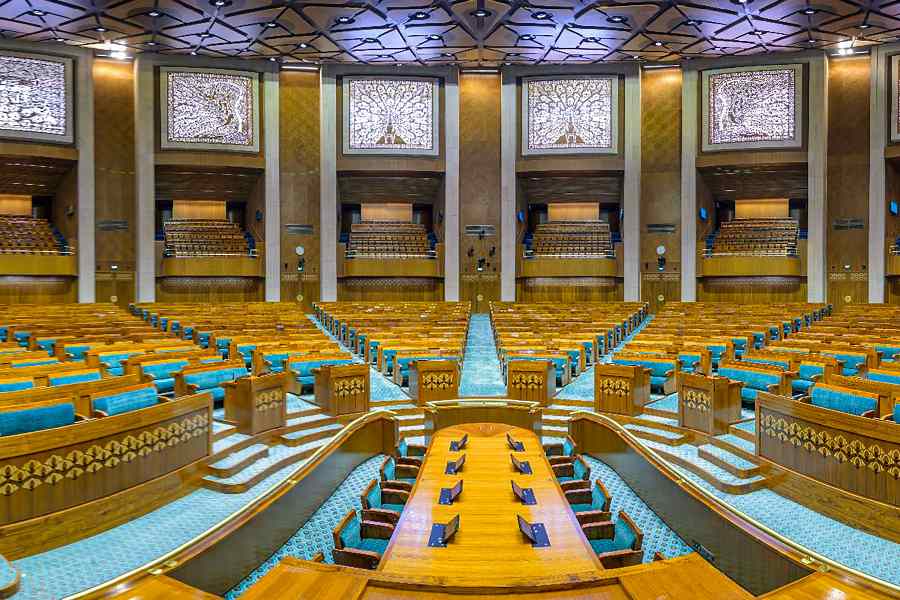
The steel structure for the false ceilings in the Lok Sabha and the Rajya Sabha chambers have been sourced from the union territory of Daman and Diu, while the furniture in the new building was crafted in Mumbai. The stone 'jaali' (lattice) works dotting the building were sourced from Rajnagar in Rajasthan and Noida in Uttar Pradesh.
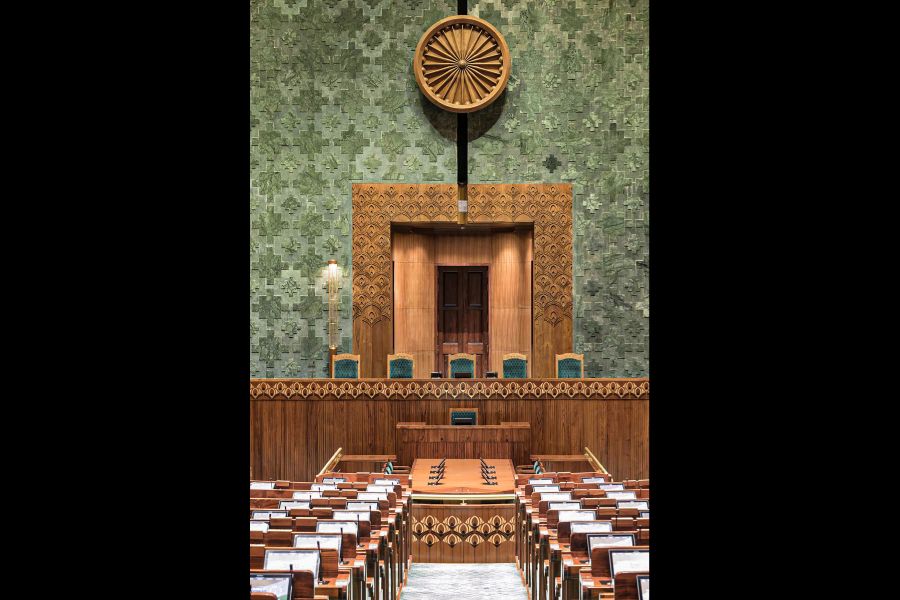
The Kesharia green stone has been procured from Udaipur, the red granite from Lakha near Ajmer and the white marble has been sourced from Ambaji in Rajasthan. The new Parliament building used manufactured sand or M-sand from Charkhi Dadri in Haryana for creating concrete mix for the construction activities. M-Sand is considered environment friendly as it is manufactured by crushing large hard stones or granite and not by dredging of river beds.


